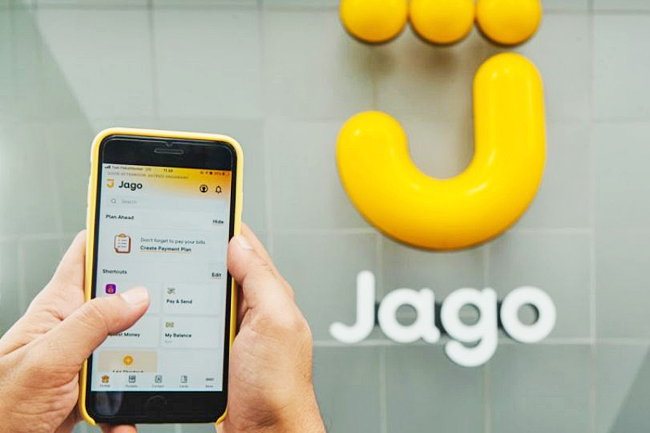ANN/THE JAKARTA POST – Indonesian banks booked eight per cent year-on-year growth in loan disbursement in June, according to data from the Financial Services Authority (OJK).
Most of that growth came from banks in the categories KBMI2, KBMI3 and KBMI4, with more than INR6 trillion in core capital, while smaller lenders in the KBMI1 capital category only posted one percent loan growth during the same period.
Digital banks, meanwhile, which focus on acquiring and serving users through online platforms, outperformed the industry in terms of loan disbursement.
Data from 10 major digital-focused banks in the country, almost all of which are in the KBMI1 category, show a 22 per cent jump in loans from June 2022 to June 2023.
Analysts attribute these lenders’ significant growth to their strategy of providing user-friendly services and operating in external online ecosystems giving them access to large numbers of users.
That said, those new lenders still face challenges in achieving or maintaining profitability and may need three years to see more stable financial results, according to those analysts.
Senior faculty member M Amin Nurdin at the Indonesian Banking Development Institute (LPPI) explained that category-KBMI1 banks, with less than INR6 trillion in capital, were struggling to grow loan disbursement due to a lack of resources.

“Increasing loans incurs acquisition costs to build high-quality sales. Getting more customers also incurs costs in the shape of promotional expenses,” Amin told The Jakarta Post.
On the other hand, he added, digital banks could acquire users with fewer resources as they focused on the online realm, which made the registration and transaction process easier and helped attract customers. “They also tap into ecosystems with deep networks, so the growth would be exponential,” Amin said.
Some digital banks, such as Bank Neo Commerce, Superbank and Bank Aladin, still booked net losses in June as a result of high impairment losses on financial and nonfinancial assets as well as significant general and administrative expenses.
A senior research associate at IFG Progress, Ibrahim Kholilul Rohman, said that despite running fewer physical branches than other commercial banks, digital banks still needed huge funds for technology investment.
“They also need a big network effect of users, so their traditional revenue, such as interest income, could cover the costs,” Ibrahim told the Post.
He suggested that digital banks tap into non-traditional revenue sources, such as business-to-business payroll and payment systems.
However, established top banks in the country will not sit by idly.
“Our research shows that digital innovation in the banking industry tends to only strengthen the performance of big banks rather than smaller ones,” he said.
That is why banking industry analyst Doddy Ariefianto of Binus University warned that while banks innovated and tapped into new ecosystems, digital banks needed to build a moat around themselves to secure their head start. “For example, if those digital banks already have contracts with major e-commerce players, what if BCA and Bank Mandiri also try to get similar contracts?” Doddy told the Post on Thursday.
LPPI’s Amin opined that digital lenders still needed time to demonstrate the results of their investments. “We need at least two or three years to see who will survive in the long run,” he said.
According to Amin, one example of digital banks pushing their growth in loans and third-party funds is Bank Jago’s collaboration with e-wallet service GoPay to launch a hybrid fintech bank account called GoPay Tabungan.
GoPay users who transfer their balance into the new service are offered easier payments on all GoTo platforms while benefiting from 2.5 per cent interest with no maximum balance or transaction limit, and with funds guaranteed by the Indonesian Deposit Insurance Corporation (LPS). GoTo Group, the parent company of GoPay, is one of the shareholders of Bank Jago.
“Let say there are 20 million Gopay users in Indonesia, and 30 per cent of them convert their balance into GoPay Tabungan. That would result in exponential growth,” Amin said.



